Last fall, I started making my own engine (DSWG Engine) for graphic applications and 2D games. Everything was fine until winter came. It was my last year of study and in February I had to defend my diploma project. We were given several topics for the diploma thesis. Among them were "Game Development", "Mobile Application Development", "Website Development" and several others. I wanted to develop a game, but after thinking about it, I chose to develop a mobile application, because it would allow me to better understand working with graphics. And it was a raster image editor (a program for drawing). And of course, I used my engine to develop it. My engine is cross-platform, I decided to start developing the application on Windows, and then transfer it to Android.
November, late fall. At the start, the development was going well, but over time I discovered problems with my engine. When I already had several thousand lines of code, adding something new to the application was torture. Adding a regular button to the screen was ALWAYS accompanied by errors - the button could be completely invisible, could not respond to clicks, could not call a function (and many other errors).
The end of January. Two weeks left before the diploma defense, and my program was not ready due to engine problems. The situation was worsened by the transfer of my application to Android - half of the program stopped working, the other half did not work correctly. I spent the first week fixing the errors, and the second on finalizing the functionality.
Before the diploma defense, I was very nervous, but still I demonstrated my application well. Yes, I defended my diploma using an application developed on my own engine.
Afterwards, I took into account all the errors of my engine and decided to rewrite it from scratch, ridding it of all the shortcomings found, leaving only successful solutions. This is how the history of the development of a new engine begins...
Continued in the next post ;)
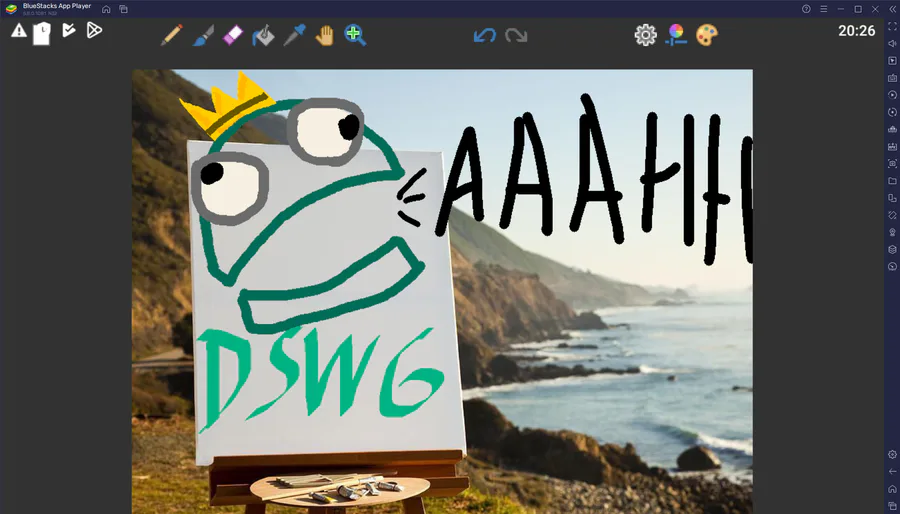
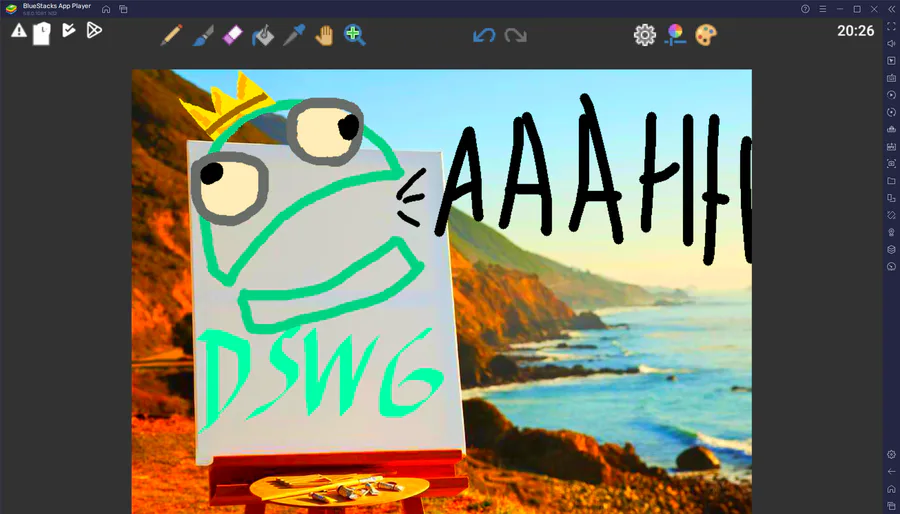
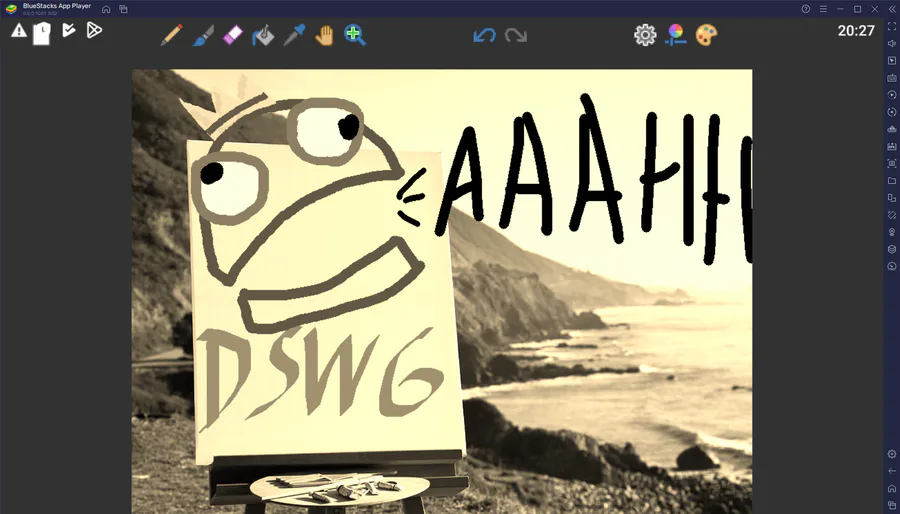
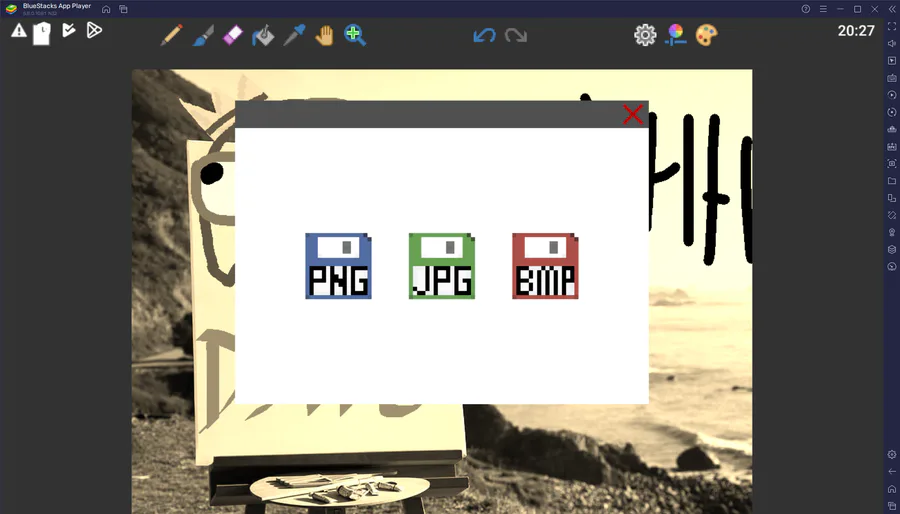
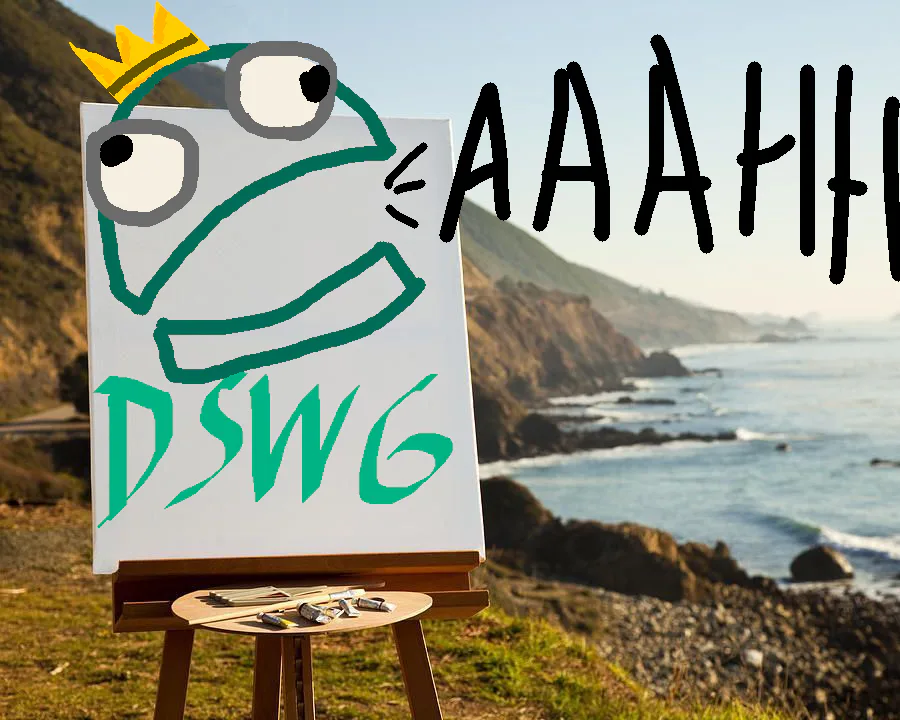
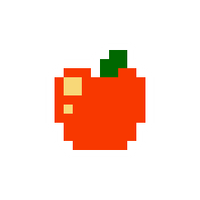
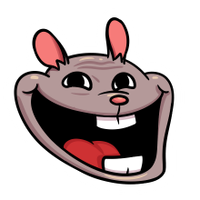
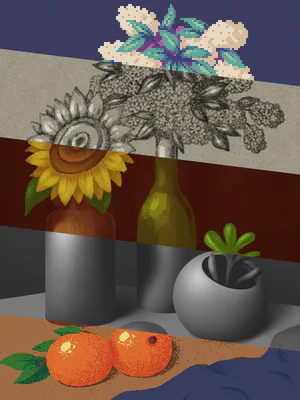
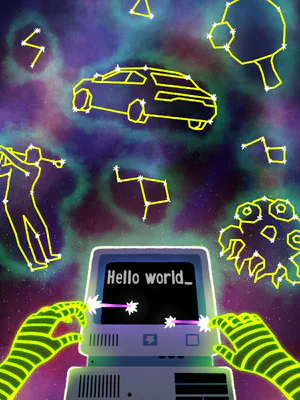
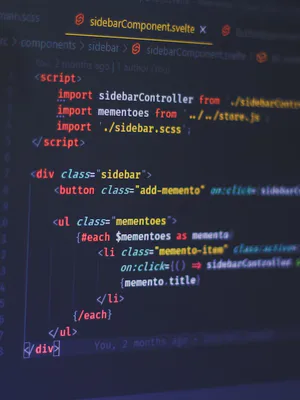
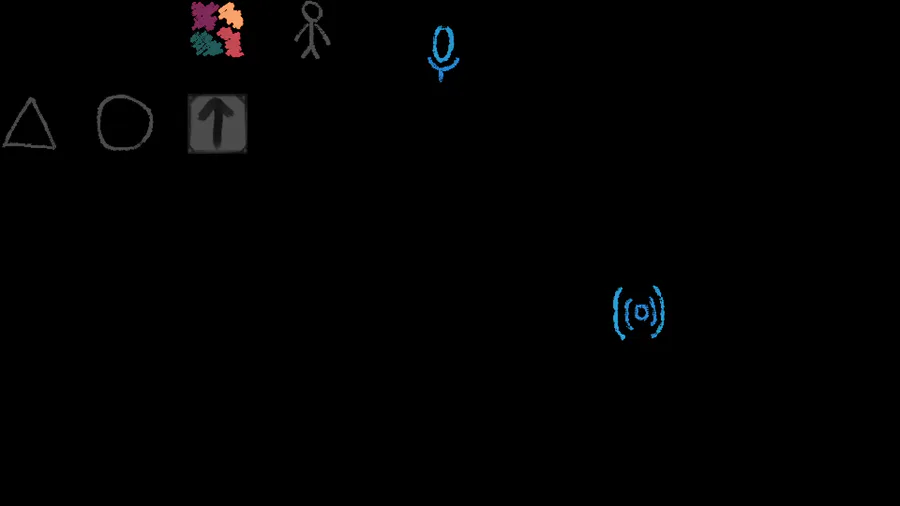



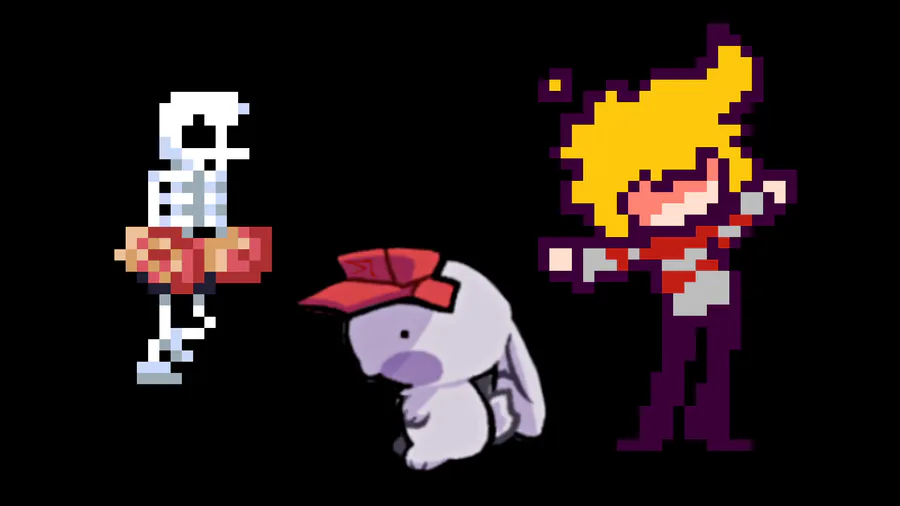



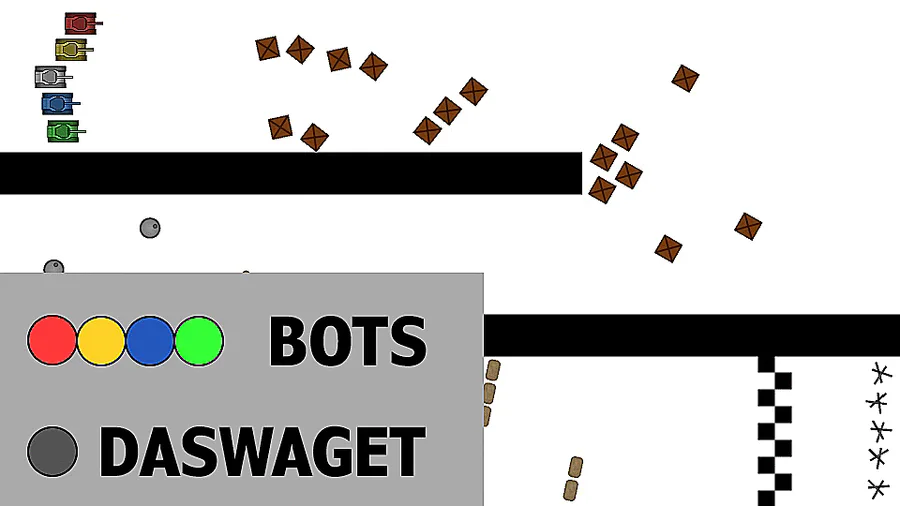
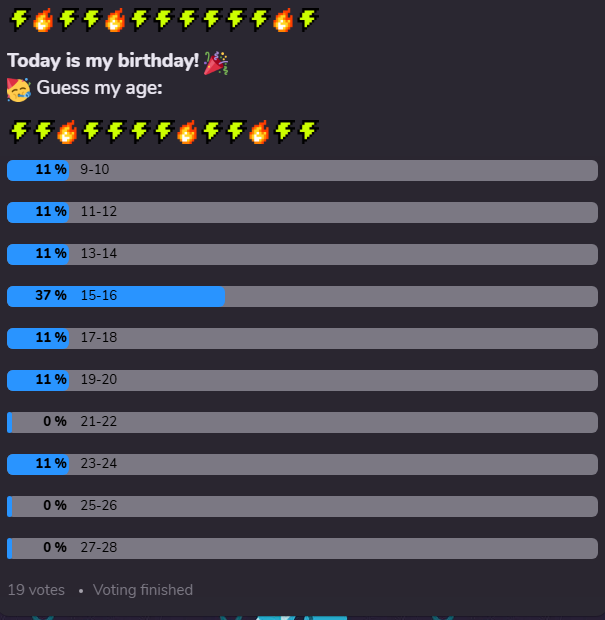


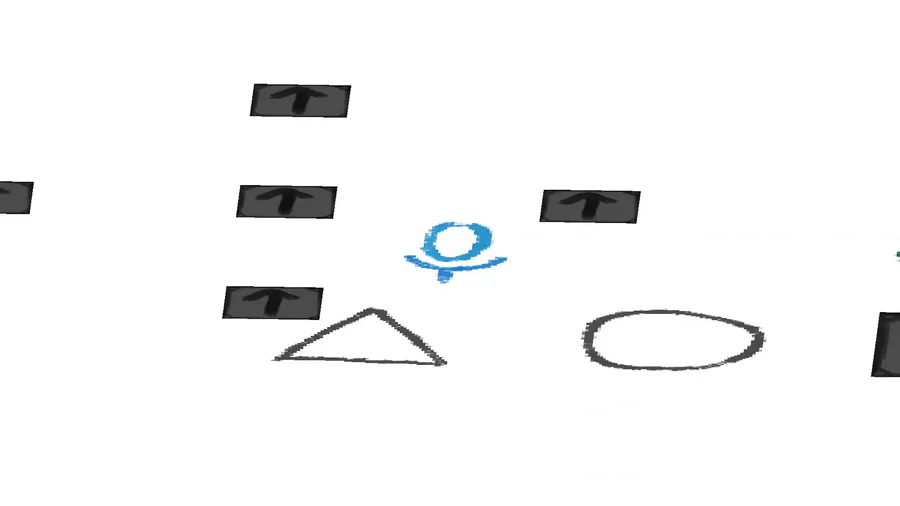



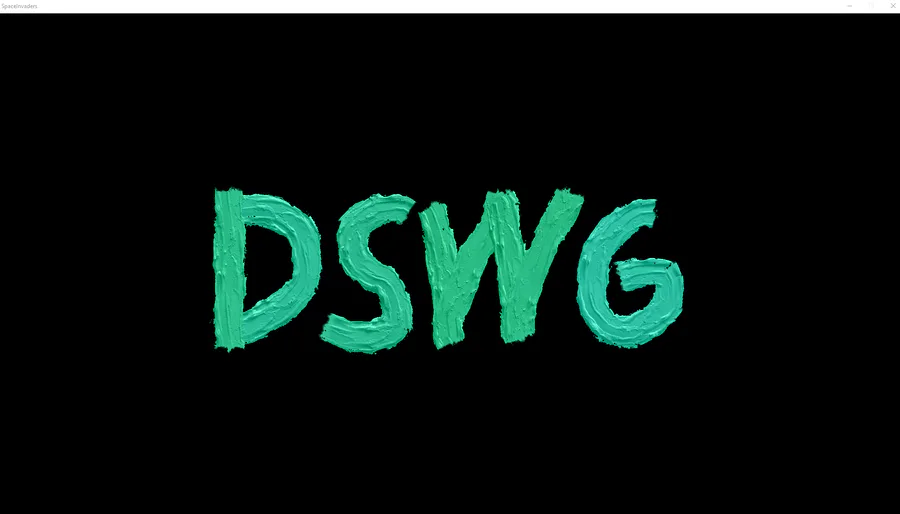
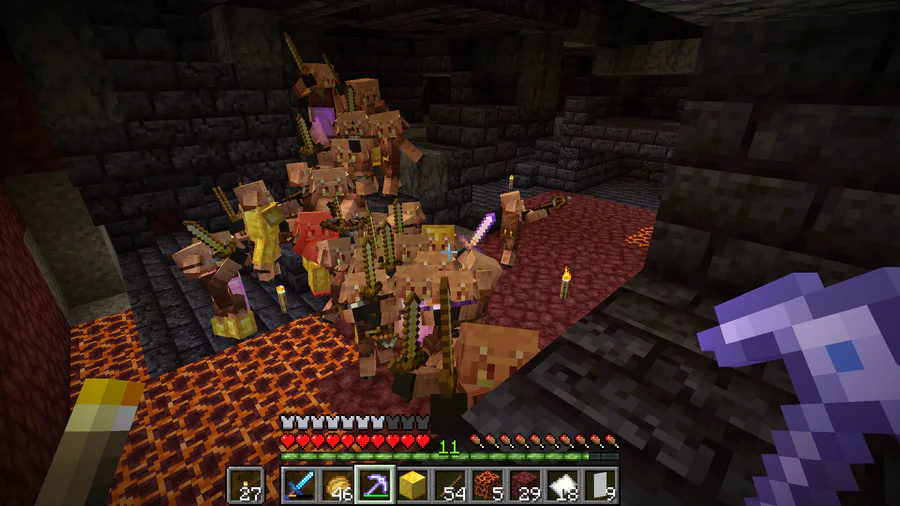
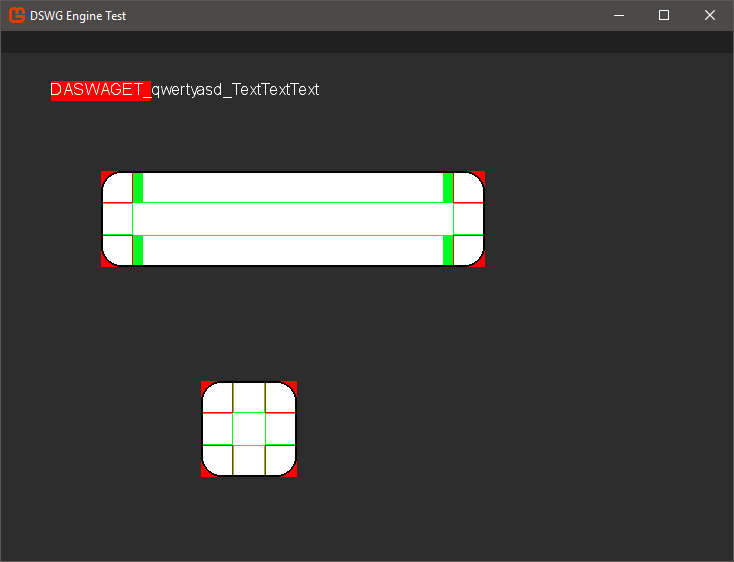
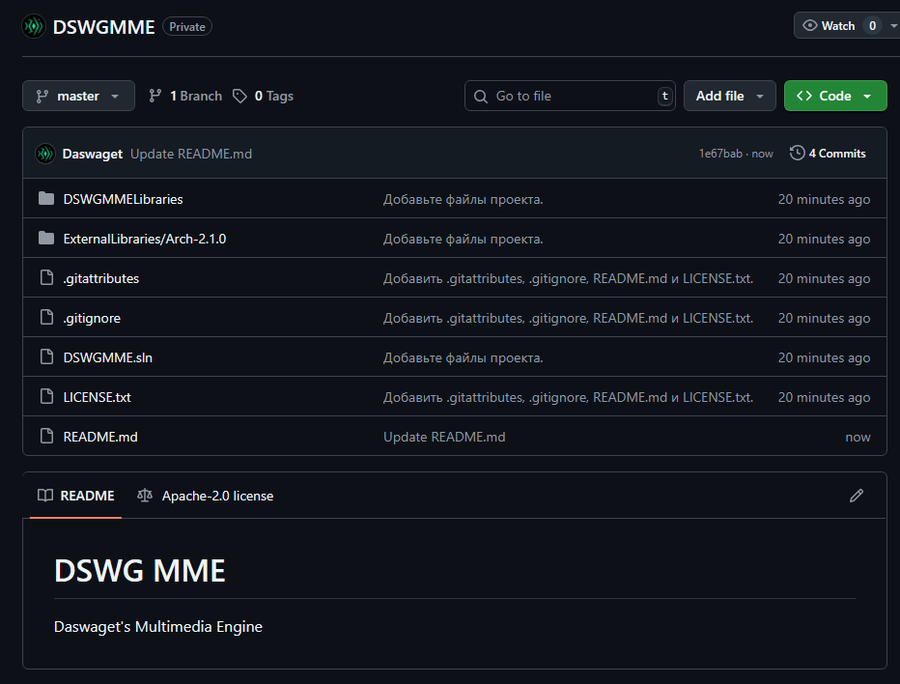
0 comments